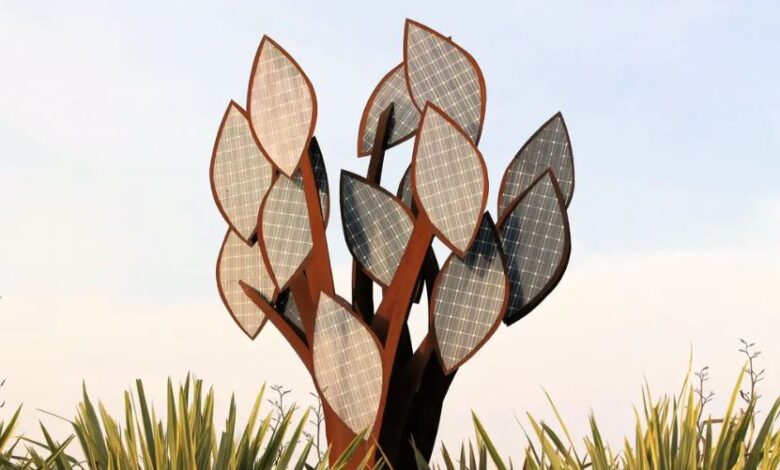The high efficiency photovoltaic leaf that also produces useful heat
A photovoltaic leaf that cools passively
The study of new approaches to thermal management of solar cells is an innovative photovoltaic leaf hybrid high efficiency. Behind the work is a group of chemical engineers from Imperial College London who in Nature Communications explain the design and functions of their new solar concept.
The idea behind the study was to find a way to manage one of the most common problems of photovoltaics. The current technology allows to convert about 25% of the incident solar energy into electricity. The rest dissipates as residual heat in the same cells, causing an increase in their operating temperature. Above 65 ºC electrical efficiency is significantly affected.
To solve the problem Dr Gan Huang and colleagues Jingyuan Xu and Christos N. Markides have resorted to biomimicry. The inspiration came from the plant leaves and their internal structures at the basis of the transpiration process. Inside the plants, in fact, the humidity follows a precise path: it is transported from the roots to the stomata – the small pores on the lower surface of the leaves – where it turns into steam before returning to the atmosphere.
Eco-friendly and low cost materials
The photovoltaic leaf of the Imperial College mimics this process thanks to a biomimetic transpiration structure. In the concept created by the group, bamboo fibers mimic the veins of the leaves while stacked hydrogel cells simulate plant cells. This structure allows water to flow passively from a separate tank to the solar leaf by collecting and removing in the passage the excess heat of the cell.
Read also Floating artificial leaves cross rivers producing solar fuels
Engineers have shown experimentally that the transpiration mechanism of the photovoltaic leaf can remove 75% (590 W/m2) of the heat, significantly decreasing the operating temperature of the cell under a radiation of 1000 W/m2. This led to a 13.6% increase in electrical efficiency. “In addition – write scientists – the photovoltaic leaf is able to use the recovered heat synergistically to co-generate additional thermal energy and fresh water simultaneously within the same component, significantly increasing the overall efficiency of solar use from 13.2% to more than 74.5%, along with more than 1.1 L/h /m2 of clean water“.






